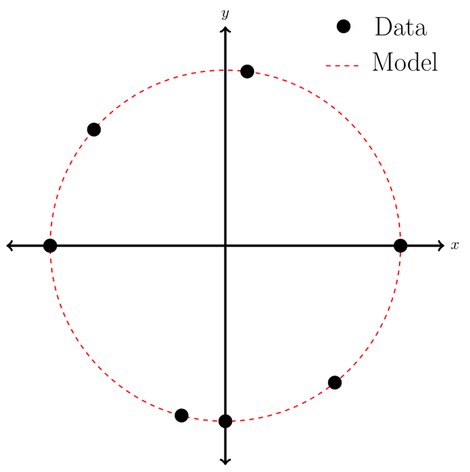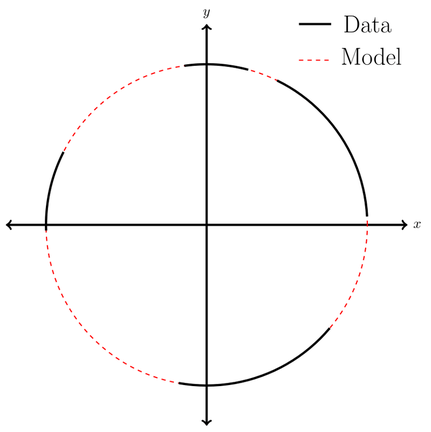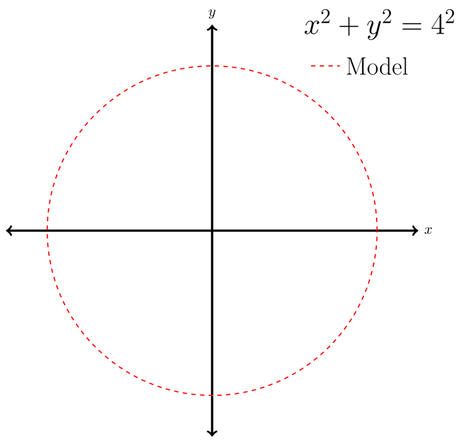Great to read @DanHikuroa's introduction to the #WaiNZ discussion this week, especially the whakapapa of water. The idea of Te Taiao and interconnectedness is becoming more important in water science - e.g. in the Critical Zone. I have already long-form tweeted this (so ugly!) but perhaps this is a bit more readable...
A river is a indeed a living thing - one that sustains others and is also sustained by them. A river changes shape and form during its journey to the sea. It alters course, it speeds up, slows down, it may go underground for a while. Clear alpine headwaters become muddied when the river can spread out, eating into banks of flood sediments - its own whakapapa.
We try to contain and control our rivers, but they are "victoriously persistent" (Oswald Chambers). They buck the bridges and overtop the stopbanks that we build against them. We choke them with sediment from deforested hillslopes, yet they flood the streets that we pave for ourselves. Our effluent is carried away on the river's back, or sometimes buried in its depths forever, or at least until the next big flood event.
But the river, like so many others who are vulnerable, is disenfranchised in New Zealand society. Profit is more important that sustainability, growth is more important than protection. Yes, a river is ever-changing - but how do we make that a change for the better, for everyone? Can the river share not only in the costs of our agricultural economy, but also the rewards?
When I hear voices of individual farmers in New Zealand their passion for their whenua is evident. But they operate in a commercial environment that is driven by big players who seem quite disconnected from the land- people who swim in their own pools, not the rivers that they pollute. We need rules that protect our waterways - rules based on scientific evidence, and not written by those with the best hand.
Grateful for this first day of #WaiNZ conversation - looking forward to the coming days.
A river is a indeed a living thing - one that sustains others and is also sustained by them. A river changes shape and form during its journey to the sea. It alters course, it speeds up, slows down, it may go underground for a while. Clear alpine headwaters become muddied when the river can spread out, eating into banks of flood sediments - its own whakapapa.
We try to contain and control our rivers, but they are "victoriously persistent" (Oswald Chambers). They buck the bridges and overtop the stopbanks that we build against them. We choke them with sediment from deforested hillslopes, yet they flood the streets that we pave for ourselves. Our effluent is carried away on the river's back, or sometimes buried in its depths forever, or at least until the next big flood event.
But the river, like so many others who are vulnerable, is disenfranchised in New Zealand society. Profit is more important that sustainability, growth is more important than protection. Yes, a river is ever-changing - but how do we make that a change for the better, for everyone? Can the river share not only in the costs of our agricultural economy, but also the rewards?
When I hear voices of individual farmers in New Zealand their passion for their whenua is evident. But they operate in a commercial environment that is driven by big players who seem quite disconnected from the land- people who swim in their own pools, not the rivers that they pollute. We need rules that protect our waterways - rules based on scientific evidence, and not written by those with the best hand.
Grateful for this first day of #WaiNZ conversation - looking forward to the coming days.



